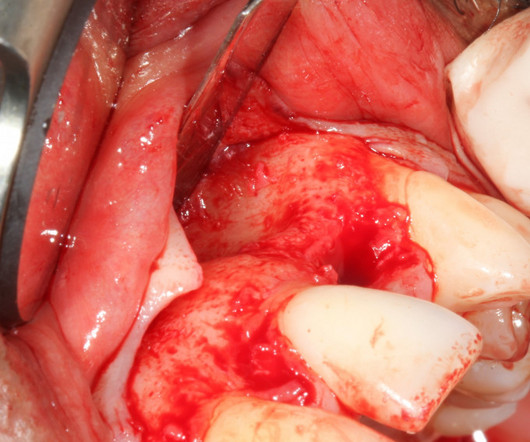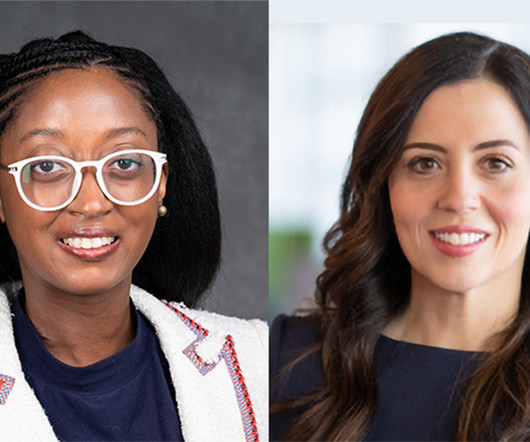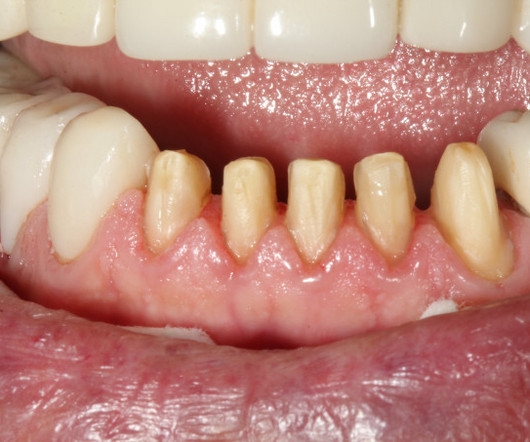Using technology to reclaim our time
Today's Hospitalist
MAY 9, 2025
At its core, the technology utilizes sophisticated speech recognition to transcribe a conversation in the exam room or at the bedside. The AI captures details in real time, ensuring that important information isn’t missed or forgotten, potentially improving billing accuracy and compliance.











Let's personalize your content